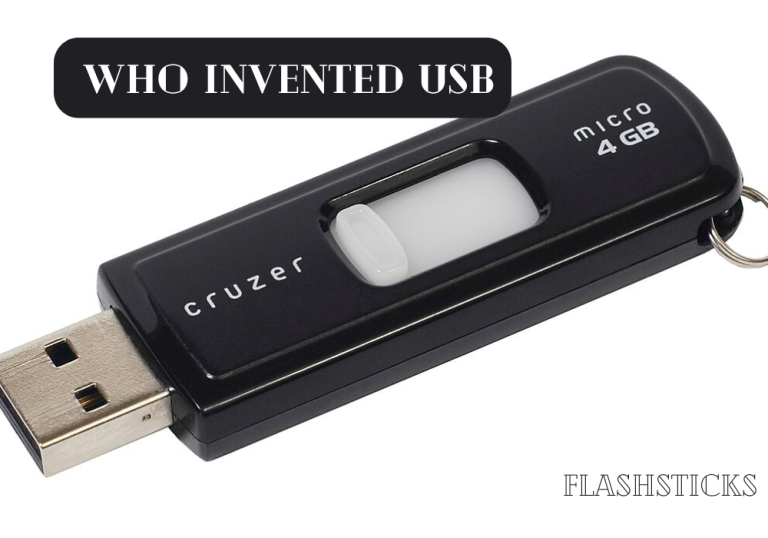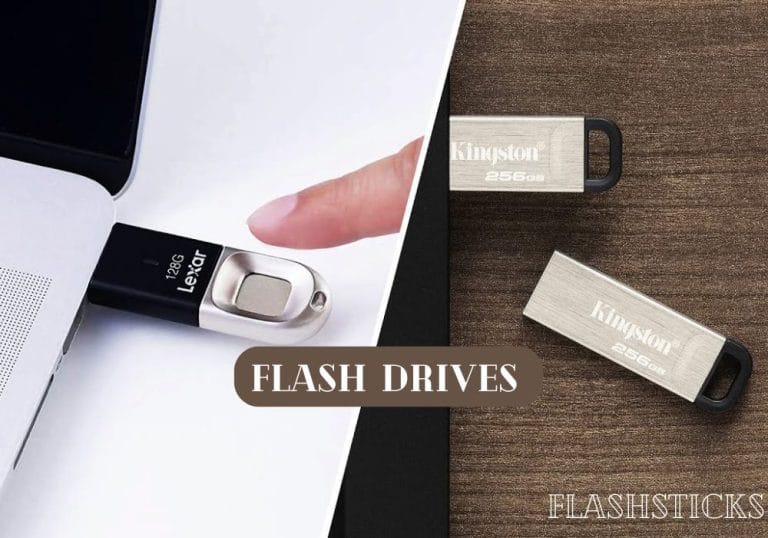How Long Does a Flash Drive Last? Guide with Tips and Facts
Flash drives are an essential tool for storing and transferring data, but have you ever wondered how long they actually last? In this article, we’ll dive deep into the lifespan of a flash drive, the factors that influence it, and provide some practical tips on how to extend their longevity.
Understanding Flash Drive Lifespan
Flash drives, also known as USB drives or thumb drives, typically use NAND flash memory to store data. The lifespan of a flash drive is determined by several factors, including the type of memory used, the quality of the components, and how the drive is used and maintained.
Key Factors Affecting Flash Drive Lifespan
- Type of Memory: SLC (Single-Level Cell) memory generally lasts longer than MLC (Multi-Level Cell) or TLC (Triple-Level Cell) memory.
- Quality of Components: Higher quality components usually provide a longer lifespan.
- Write Cycles: Each memory cell has a finite number of write cycles. More write cycles can reduce the lifespan of the flash drive.
- Environmental Factors: Exposure to extreme temperatures, humidity, and physical damage can negatively impact the lifespan.
- Usage Patterns: Frequent and heavy use can wear out the flash drive faster than occasional use.
Estimated Lifespan of Different Flash Drives
| Type of Flash Memory | Approximate Lifespan |
|---|---|
| SLC (Single-Level Cell) | Up to 10 years |
| MLC (Multi-Level Cell) | 3 to 5 years |
| TLC (Triple-Level Cell) | 1 to 3 years |
Benefits of Using Flash Drives
- Portable: Flash drives are small and easy to carry, making them perfect for on-the-go data storage.
- Durable: Unlike other storage mediums, flash drives have no moving parts, reducing the risk of mechanical failure.
- Versatile: They can be used with a variety of devices, including computers, tablets, and some smartphones.
- Secure: Some flash drives offer encryption, providing an additional layer of data security.
Practical Tips to Extend Flash Drive Lifespan
While flash drives have a finite lifespan, you can take several steps to prolong their usability:
Proper Use and Handling
- Avoid exposing the drive to extreme temperatures, moisture, and physical shocks.
- Use the “Eject” function before removing the flash drive to prevent data corruption.
- Avoid continuous and heavy write operations to prolong the write cycles.
Regular Maintenance
- Back up important data regularly to avoid data loss.
- Keep the drive’s firmware updated, if applicable.
- Perform routine scans for malware to prevent infections that can damage data.
Common Issues and Troubleshooting Flash Drives
If you encounter problems with your flash drive, such as it not being recognized or data corruption, consider the following troubleshooting steps:
Check for Physical Damage
- Inspect the USB connector and the drive’s casing.
- If damaged, the drive might be beyond repair, and you should consider data recovery services.
Use Disk Management Tools
- On Windows, use Disk Management to check the drive’s status.
- On Mac, use Disk Utility to repair the disk.
Format the Drive
- Formatting can sometimes restore a problematic flash drive to working order.
- Be sure to back up your data before formatting.
Conclusion
Understanding how long flash drives last and what factors influence their lifespan can help you make informed decisions and extend the life of your storage devices. By following proper usage, handling, and maintenance tips, you can ensure that your flash drives serve you well for many years to come.
If you’re in need of a reliable flash drive, remember to consider the type of memory and quality of components to ensure longevity and optimal performance. Whether for personal or professional use, a well-maintained flash drive is a valuable asset in your digital toolbox.







